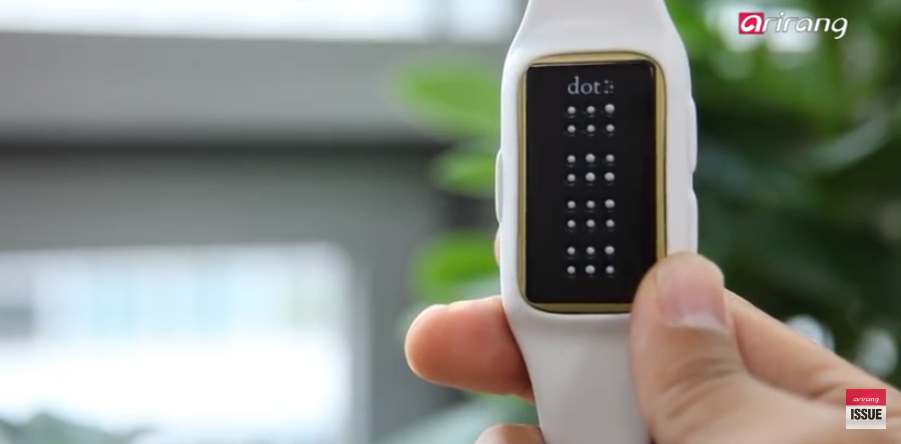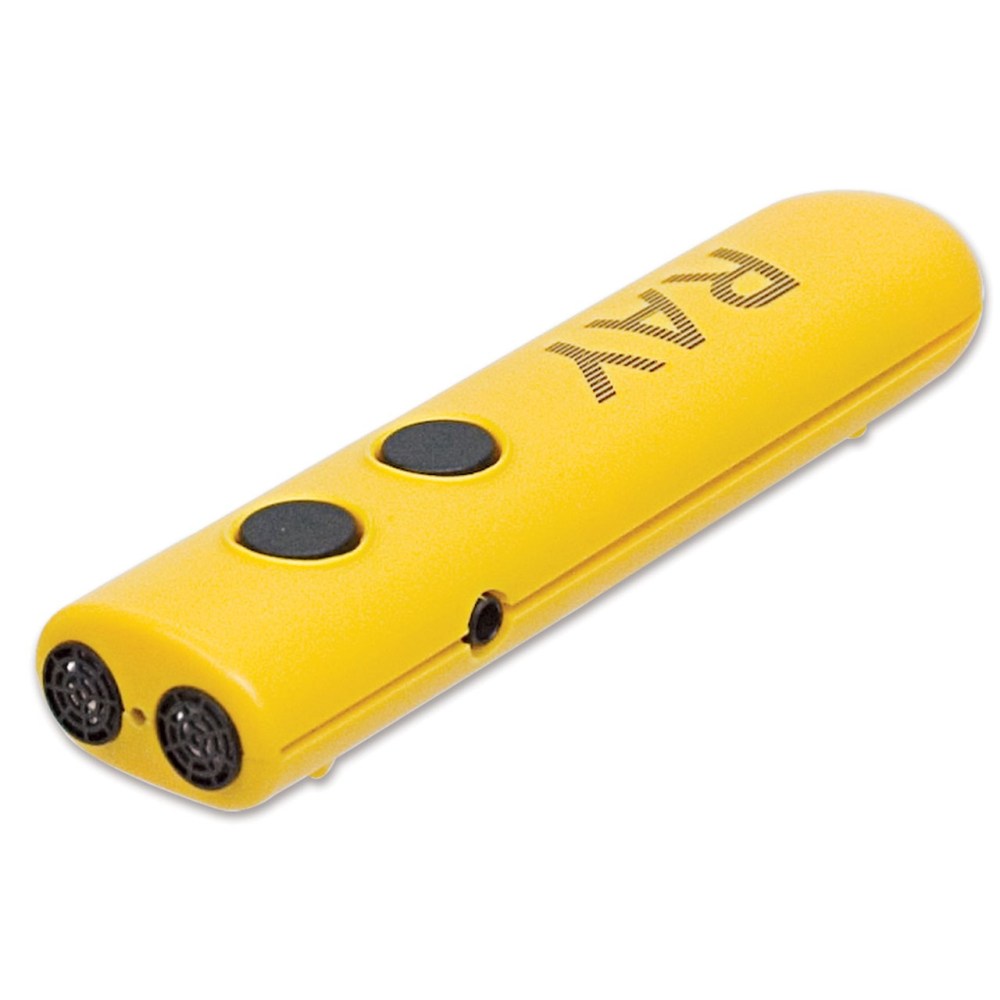Braille Displays and Notetakers: Key Tools for Learning and Work
Braille Displays and Notetakers: Key Tools for Learning and Work
Blog Article
Enhancing Lives With Advanced Assistive Gadgets for the Blind
The combination of innovative assistive tools for the blind is changing how individuals experience their environments and communicate with their communities. Developments such as augmented fact clever glasses and advanced electronic traveling help not just assist in navigating yet also boost overall lifestyle. These innovations foster a sense of autonomy and self-efficacy among individuals, enabling them to take on daily jobs with newly found self-confidence. The implications of these advancements expand past mere capability; they challenge societal understandings of handicap and self-reliance. What does this evolution mean for the future of assistive technology and its function in encouraging individuals?
Summary of Assistive Instruments
Assistive devices for the blind include a varied variety of innovations and tools designed to enhance freedom and enhance the high quality of life for individuals with visual problems. These devices satisfy different demands, from navigation and mobility to communication and day-to-day task management.
Among the primary groups of assistive tools consists of mobility aids, such as white walking canes and guide pet dogs, which assist customers navigate their surroundings securely. Electronic travel help, furnished with sensing units and audio responses, additionally play a significant duty in mobility enhancement.
Furthermore, devices that aid with day-to-day living tasks, such as flexible kitchen area devices, Braille tags, and chatting watches, equip individuals to carry out tasks independently. Interaction aids, consisting of screen viewers and Braille displays, promote accessibility to information and make it possible for individuals to engage efficiently with the electronic world.
Additionally, low-tech solutions like multiplying glasses and large-print materials continue to be essential for several customers. Collectively, these assistive devices serve not just as useful tools yet additionally as important enablers of freedom, fostering higher involvement in a globe that typically prioritizes sighted experiences. Their integration into every day life is important for advertising inclusivity and boosting overall wellness for those with visual disabilities.
Ingenious Technologies in operation
Advancement in modern technology has actually significantly changed the landscape of tools available for individuals with aesthetic problems. Amongst the most notable developments are smart glasses incorporated with increased reality, which offer real-time navigation support and things recognition. These tools utilize advanced cameras and expert system to deliver acoustic cues, boosting the user's spatial recognition and autonomy.
Additionally, mobile applications have become effective resources, allowing users to recognize money, checked out message out loud, and browse unfamiliar environments with spoken instructions. Devices such as Braille display screens and refreshable Braille tools remain to advance, supplying smooth connectivity with smart devices and computer systems, consequently boosting communication and accessibility to information.
Wearable technology, consisting of smartwatches equipped with voice-activated functions, even more empowers customers by assisting in fast accessibility to notices and signals without needing visual involvement. Responsive maps and 3D printing are additionally obtaining grip, providing substantial representations of areas that aid in positioning and mobility training.
Collectively, these cutting-edge technologies not just enhance the lives of aesthetically impaired people however additionally foster better freedom, inclusivity, and engagement with the broader community, therefore reshaping understandings of access. (Speech-to-text devices for low vision)
Personal Stories of Empowerment
Empowerment commonly arises from individual experiences that highlight the transformative effect of technology on individuals with aesthetic problems. Take, for example, the story of Sarah, a young artist who regained her passion for paint with the use of a clever cane geared up with obstacle discovery. This device not only facilitated her wheelchair however instilled a newfound self-confidence, enabling her to navigate public spaces separately and seek her creative endeavors.

These narratives highlight the profound results that progressed assistive devices can carry every day life. By enabling people to overcome barriers, technology cultivates a sense of freedom and self-respect. Such empowerment stories function as a testimony to the possibility of development, illustrating how the right tools can considerably enhance quality of life and open doors to new possibilities for those with aesthetic disabilities.
Advantages of Advanced Solutions
The combination of sophisticated technology into assistive devices considerably transforms everyday experiences for those impacted by vision loss. Mobility aids for visually impaired users. Devices such as smart canes equipped with sensing units, navigating apps, and wearable innovation are developed to offer real-time feedback, enhancing spatial recognition and lowering the threats connected with wheelchair.
Additionally, advanced assistive technologies foster social incorporation by assisting in interaction and interaction. Voice-activated tools and applications allow individuals to accessibility info and engage with their environments individually, damaging obstacles that previously hindered their involvement in instructional, specialist, and social settings.
Furthermore, the modification and versatility of these solutions accommodate the diverse demands of individuals, thereby boosting their overall top quality of life. Improved capability, such as item acknowledgment and text-to-speech abilities, empowers individuals with aesthetic disabilities to execute tasks that they might have when located challenging. Inevitably, advanced assistive innovations not just enhance freedom and safety yet also advertise self-respect and self-worth, permitting users to lead satisfying lives.
Future Fads in Assistive Tech
As technology remains to evolve, the landscape of assistive tools for the blind is positioned for exceptional developments that will certainly even more boost ease of access and freedom. Emerging fads in assistive technology show a shift toward raised combination of fabricated knowledge (AI) and artificial intelligence, enabling gadgets to adjust to individual customer requires in real-time. These advancements are expected to assist in even more intuitive navigation systems that can identify obstacles and offer audio comments, dramatically boosting outdoor wheelchair.
Furthermore, the growth of wearable technology, such as wise glasses geared up with augmented truth, will permit customers to receive contextual info concerning their environments, thereby improving their spatial recognition. Additionally, improvements in haptic innovation pledge to produce tactile feedback devices, allowing customers to regard details with touch, improving knowing and interaction with their environment.
Telecommunication advances are additionally leading the way for remote support options, where qualified professionals can give support through video telephone calls, making sure support is easily obtainable. As these trends unfold, the future of assistive gadgets for the blind will undoubtedly promote greater freedom, equipping people to navigate their world with confidence and simplicity.

Conclusion
The integration of sophisticated assistive devices for the blind represents a substantial development in fostering self-reliance and boosting lifestyle. By making use of cutting-edge modern technologies, these devices encourage customers to navigate their atmospheres with Smart glasses for the visually impaired higher self-confidence and freedom. As the field remains to evolve, recurring research and growth will likely yield much more sophisticated solutions, better changing the lived experiences of people with visual impairments and promoting a better sense of inclusion within culture.
The integration of advanced assistive gadgets for the blind is transforming how people experience their environments and interact with their areas. The assimilation of sophisticated technology right into assistive gadgets dramatically changes everyday experiences for those influenced by vision loss.As technology proceeds to progress, the landscape of assistive tools for the blind is positioned for impressive developments that will certainly additionally boost accessibility and self-reliance. Arising patterns in assistive technology show a change toward increased assimilation of synthetic knowledge (AI) and equipment discovering, enabling devices to adjust to specific customer needs in real-time.The assimilation of innovative assistive devices for the blind stands for a substantial advancement in promoting independence and boosting quality of life.
Report this page